We travelled by train from Caen To Dieppe.
Practical Information – Getting there. There is no direct train from Caen to Dieppe. You will need to change trains in Rouen, but this is relatively easy. You can also arrive by ferry from Newhaven, England.
The Raid
In 1942, the Allies decided to conduct a raid on Nazi-occupied France. The object was to test the German strength for a future invasion. The force consisted of 5,000 Canadians, 1,000 British, 50 Americans and a few others from Poland, New Zealand, France and Czechoslovakia for a total of 6,086.
The town of Dieppe is in a low area with high cliffs on either side. The Germans had bunkers and gun installations on each of these high areas. The object of the raid was to destroy the bunkers and guns and a radar installation and capture the town for a short while and then retreat to England. Invasion or occupation was never the intention.

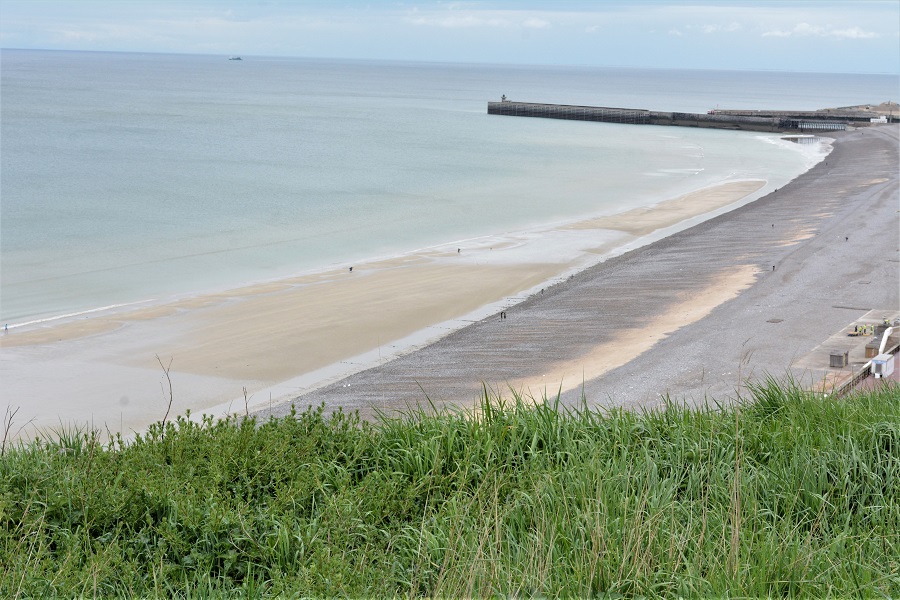
History
History: the raid took place on 19 August 1942. In the battle of the air forces overhead, the Allies lost 106 aircraft compared to 48 for the Germans. The planes were shot down mostly by other planes and by anti-aircraft guns on the cliffs. In addition, the navy lost 33 landing crafts and one destroyer.
While most Canadians landed on the beach in town, British and American commandos scaled the cliffs to destroy the enemy’s 150 and 105 mm guns and the radar station. On one side of town, the commandos were successful in doing this but failed on the other side. Taking out one battery of guns and the radar station was the only success of the whole raid. Every other objective was met with total failure.
Disaster
The beach at Dieppe is not sandy. It consisted of rocks, just like the beaches on the other side of the channel at Eastbourne and Brighton. Hence, the tanks failed to cross the beach as the rocks got into the tracks and bogged them down. Even if they had succeeded in getting across the beach, they would have been met with a tall seawall built to protect the town from the ocean. The Calgary Tank Regiment landed with 29 Churchill tanks. Only 15 of them made it across the beach, and none reached the town. All of the tank crews were either killed or captured. None of the tanks were retrieved.

In the end, the German defences were just too much for the Allies. Of the 5,000 Canadians, 3,367 were either killed or taken prisoner. Of the 1,000 British troops, they lost 247. The Royal Navy lost 550 sailors. The Germans had 591 casualties, including those killed or wounded.
By 0940, the Allies realized that the raid was a failure and ordered the retreat to the ships. However, only 2,210 of the 5,000 Canadians made it back to England.
Lessons Learned
The codename for the raid was “Operation Jubilee”. Although the raid was a disastrous defeat, it is said that the Allies learned a lot from it that made the invasion possible in 1944. Dieppe was chosen for the raid because it had a port. For the D-Day invasion in 1944, they decided that a port was unnecessary and they should not make a frontal attack on a port city. For the invasion of Normandy in 1944, the Allies attacked small towns and open beaches between the towns without rocks or seawalls.
Dieppe 1944
Skipping ahead two years to 1944, after the capture of Caen, the Allies turned east toward the Netherlands and Germany. The Canadians took the north along the coast, while the British and Americans were further south. The Canadians must have been thrilled when they finally drove the Germans out of Dieppe and captured the city on the first of September 1944.
Dieppe Today
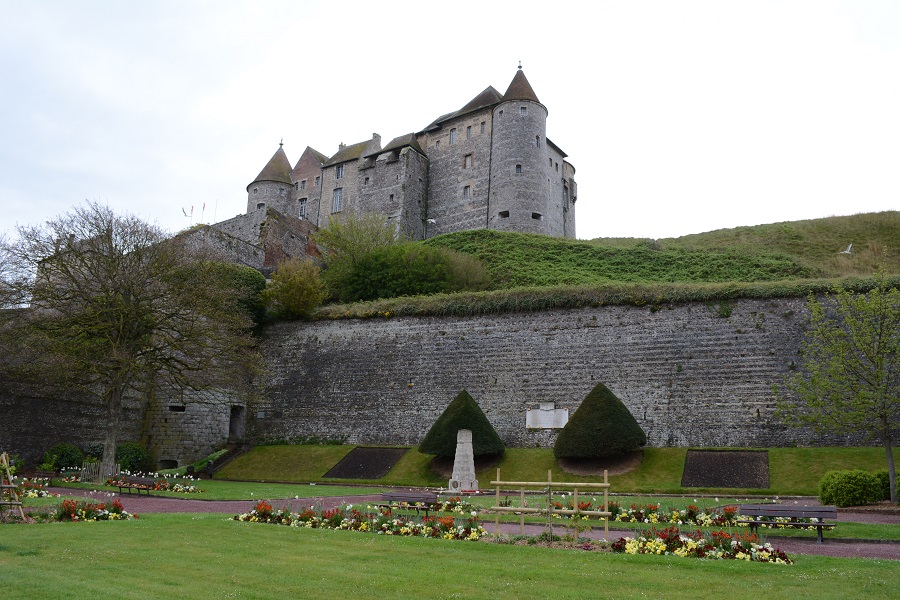
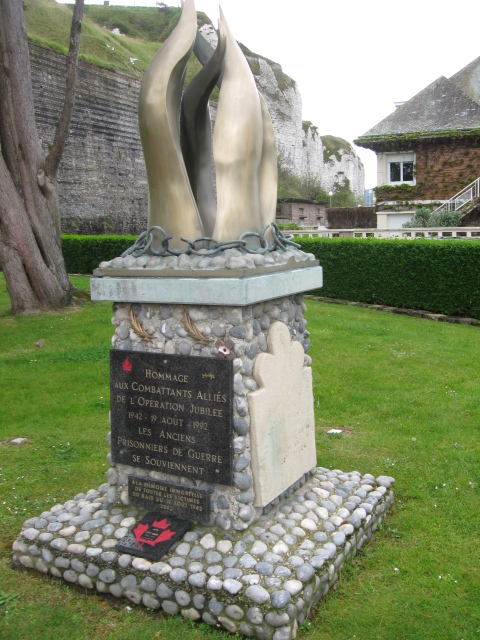
Canada Square is located in the centre of Dieppe, near the beach. Here there are several monuments and plaques in memorial to the raid. Down the street from Canada Square is a museum relating to the Canadians and Allies involved in the raid.
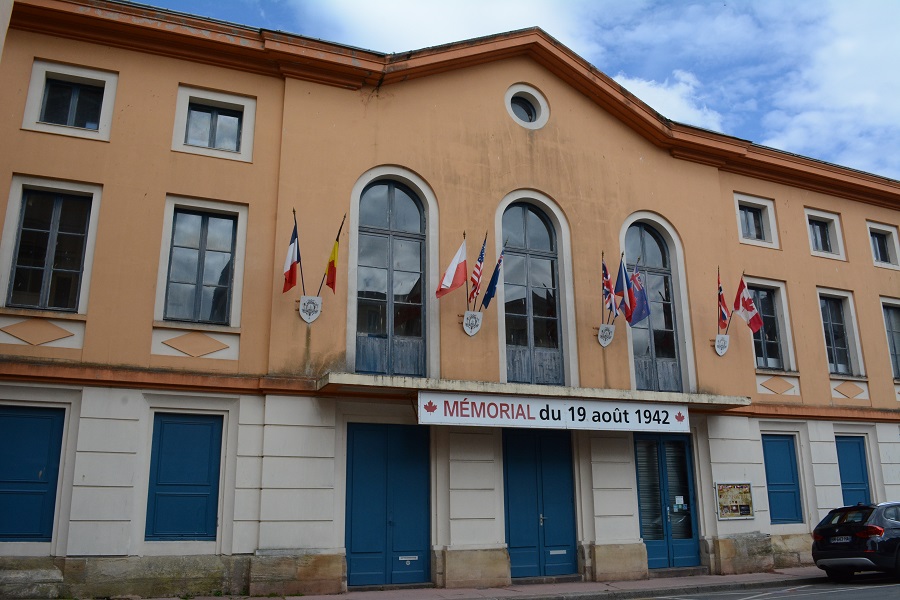
Along the seawall are memorials to the individual Canadian regiments that took part in the raid. The memorial to the Essex Scottish Regiment is impressive. Each year on 19 August at precisely 1 p.m., the sun will shine through the cutout maple leaf and illuminate a silver maple leaf on the ground behind the memorial (if it is a sunny day which is a good chance in August). It was designed by then 18-year old Rory O’Connor from Windsor, Ontario.
Canadian War Cemetery
The Dieppe Canadian War Cemetery is located 5 km from the city of Dieppe. A bus goes to the closest village called Hautot Sur Mer. This cemetery is smaller than the previous ones we have visited. There are 765 graves in the cemetery, of which 582 are Canadian, plus 187 unidentified bodies, including many Canadian.
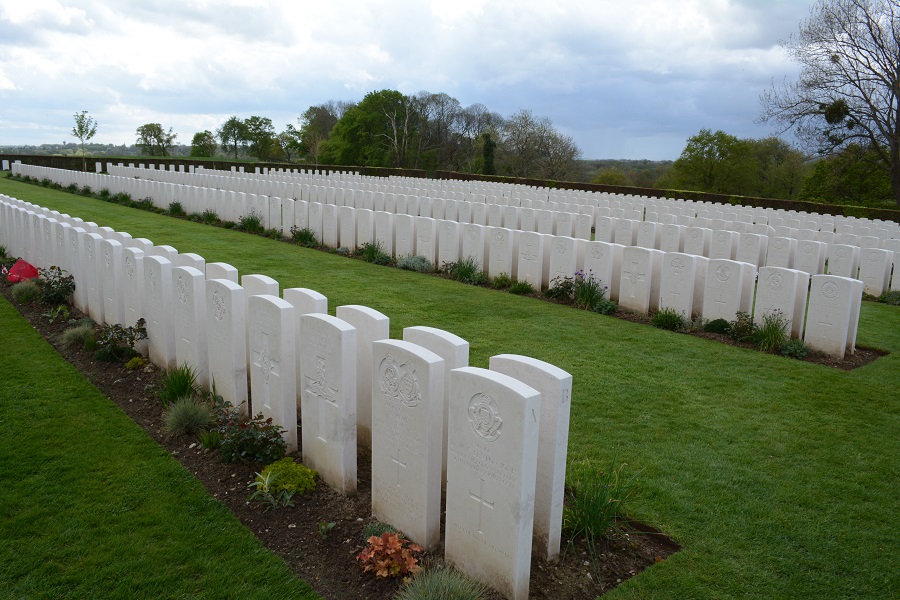
This cemetery is different from all other Canadian War Cemeteries. The Germans built it; therefore, the graves are set back to back in the German style. All other Canadian War Graves are in single rows in the British style. This is the only Canadian cemetery that was the result of a defeat. When new tombstones were installed after the war, they were left in this pattern so as not to disturb the graves. (click the first photo to enlarge and scroll through them).

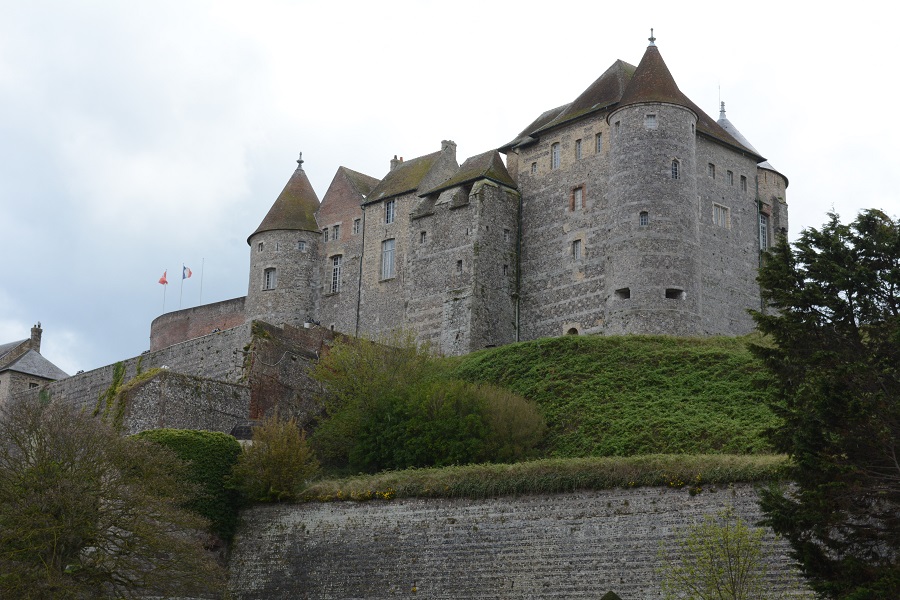
The town of Dieppe is worth a visit in its own right, including the medieval castle.
Dieppe, New Brunswick, Canada
In 1946, the town of Leger’s Corner in the province of New Brunswick, in Canada, changed its name to Dieppe in commemoration of the raid at Dieppe, France.
Today, Dieppe New Brunswick has a population of about 27,000, making it the fourth-largest city in the province. The population is about 75% French-speaking, making it the largest Francophone city in Canada outside of Quebec.
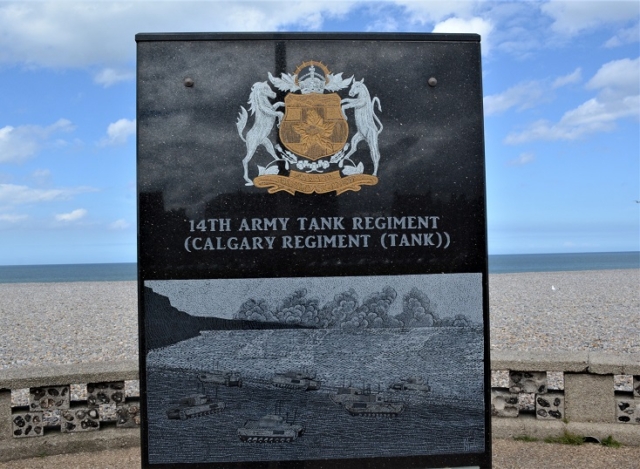
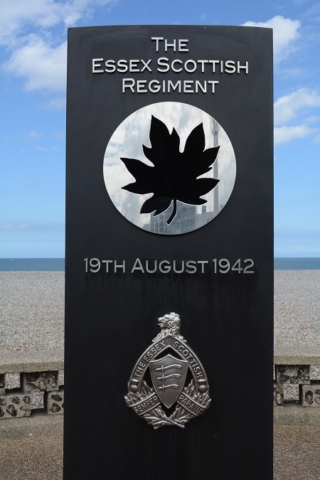
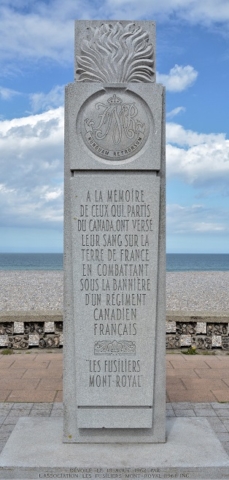
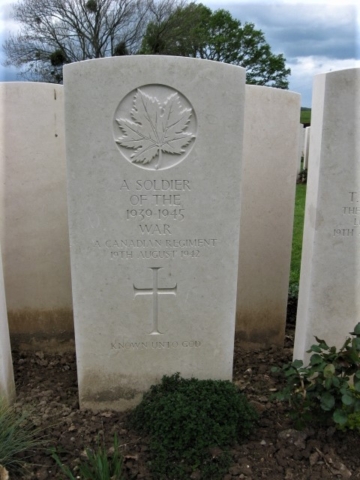

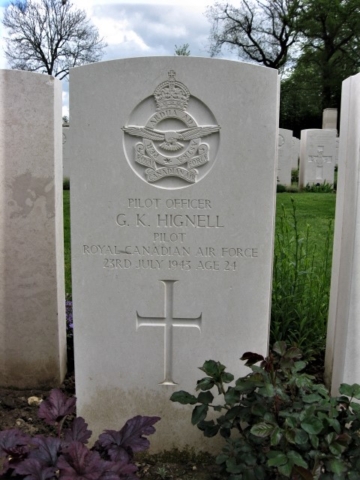

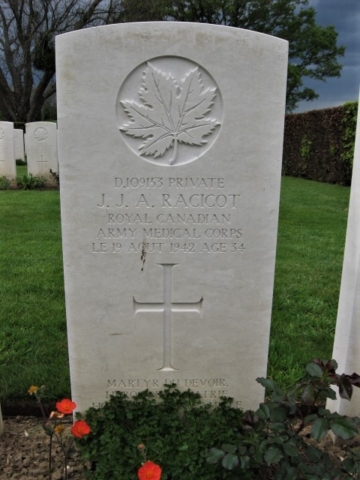
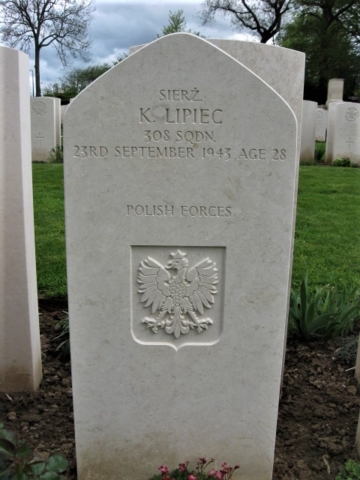
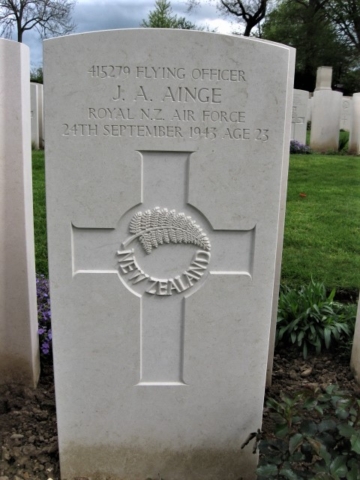
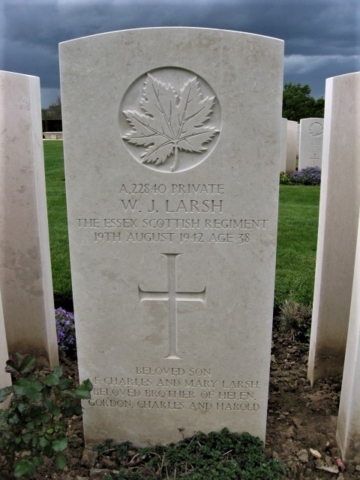
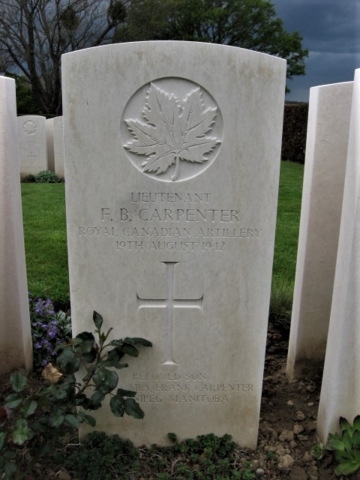
Impresionante!!!!